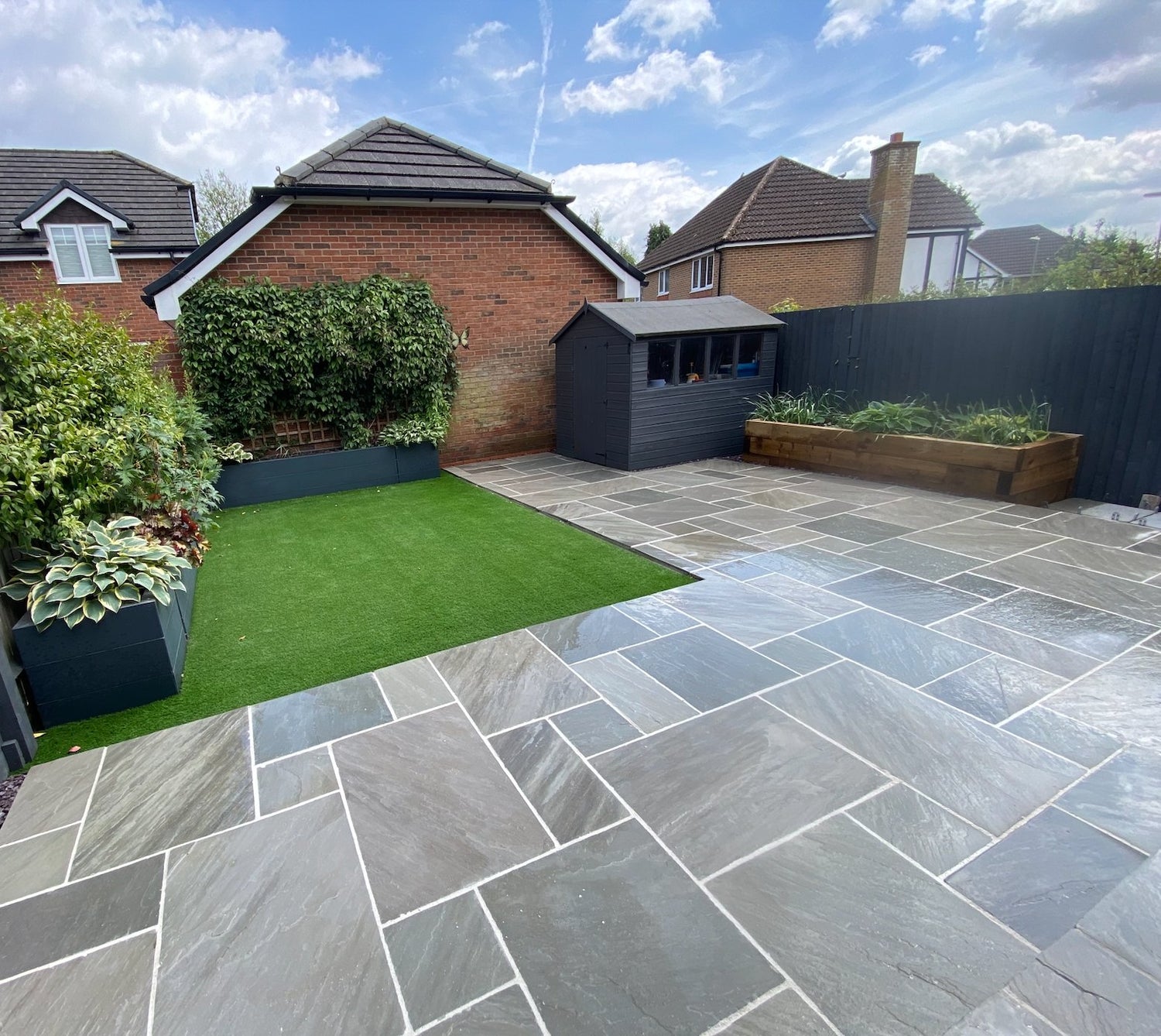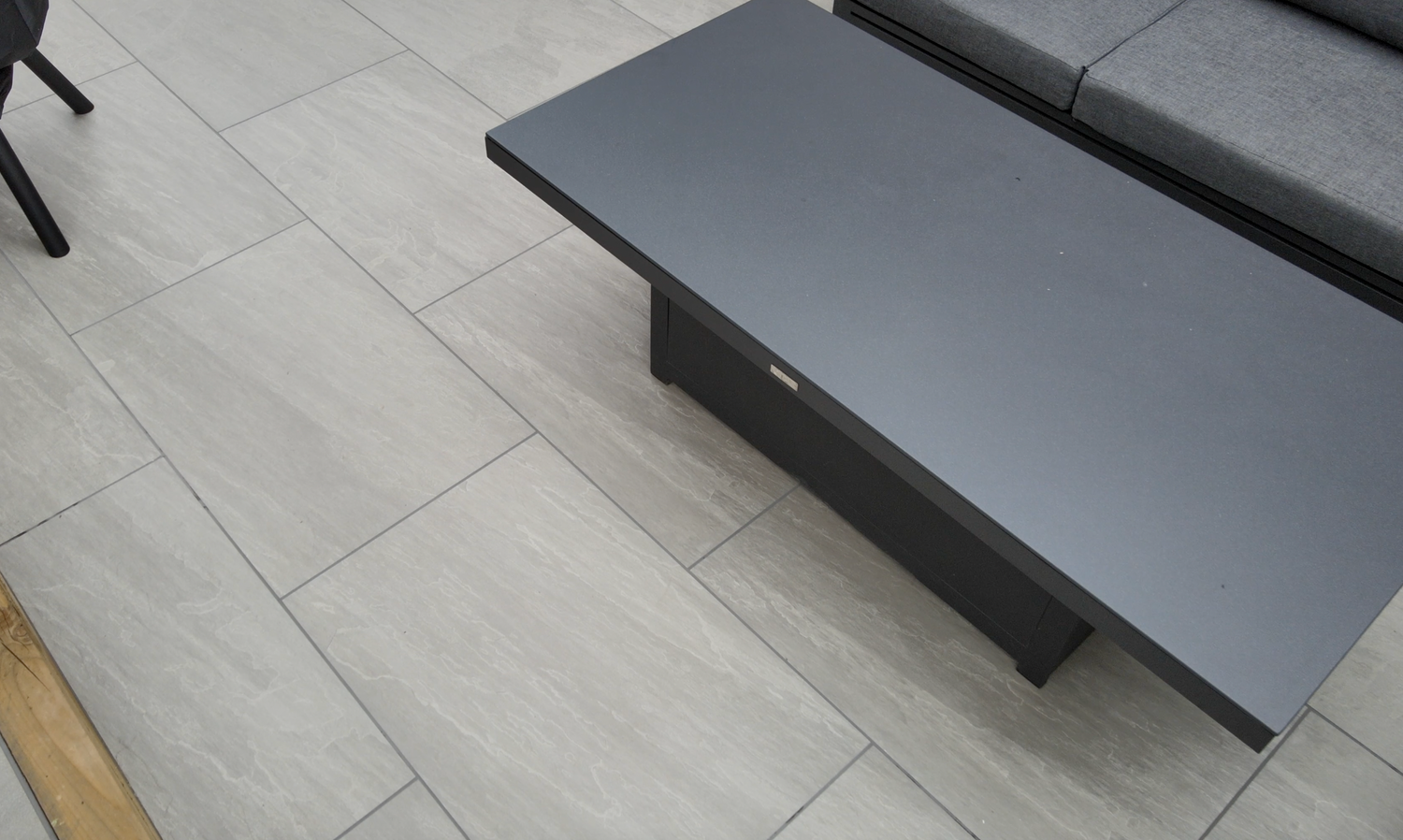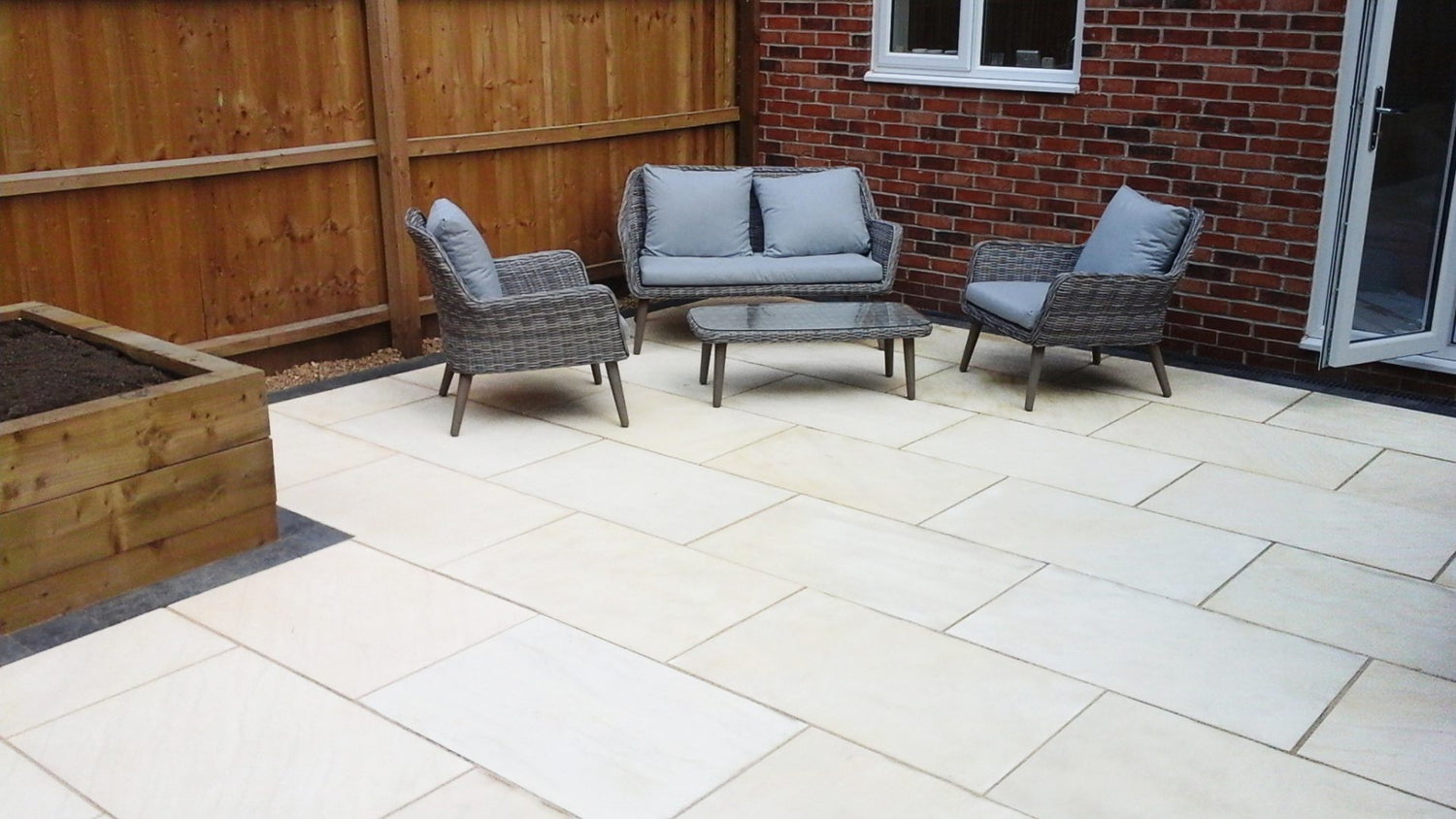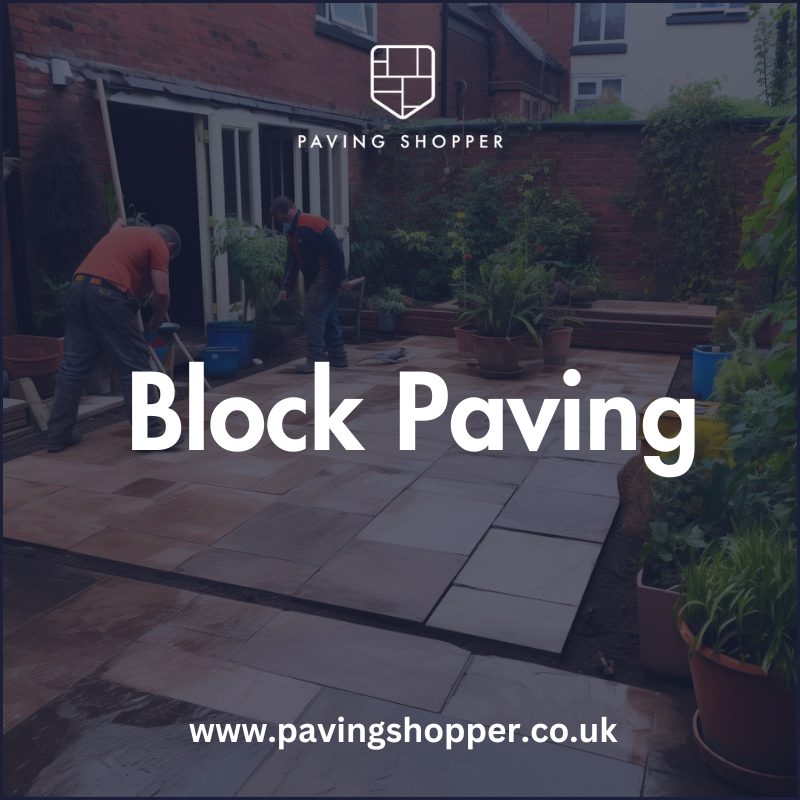
Block Paving Guide | What Does it Cost? | How Much Per m2?
Share
Block paving is a versatile and durable option for creating driveways, patios, and paths. This method involves using individual concrete or clay blocks called pavers, which offer both functional benefits and aesthetic appeal. In this comprehensive guide, we’ll explore the different types of block and paver options, construction methods, selecting the right blocks, and popular paving patterns. Whether you're planning a new driveway or refreshing your patio, this guide will provide the insights needed to make informed decisions about your block paving project.
- Block and paver types
- Construction methods
- Selecting blocks
- Paving patterns
Block paving has grown increasingly popular in the UK and Ireland over the past 40 years, thanks to advances in manufacturing that have made blocks more affordable. Today, blocks cost only slightly more than plain flagstones, making them a cost-effective choice for driveways and other paving projects. Their versatility means they can be used for everything from garden paths to heavy-duty areas like docks and freight yards.
Key Block Paving Benefits:
- Affordable compared to other paving options
- Attractive and allows for creative designs
- Durable and long-lasting
- Suitable for various applications, including driveways and patios
- Customizable in size, shape, and color
Concrete Blocks
Concrete blocks, also known as CBPs (Concrete Block Pavers), are available in a range of thicknesses from 40mm up to 100mm. For residential use, 50mm or 60mm thick blocks are most common, while 80mm blocks are used for roads or areas with regular vehicle traffic. The standard shape is rectangular, but other shapes are also produced. A typical size is 100mm x 200mm, providing coverage of around 50 blocks per square meter. Color is added using concrete dyes during manufacturing, though fading can occur over time.
Clay Pavers
Clay pavers are made from natural clay and fired in high-heat kilns. Typically sized around 100mm x 200mm, these pavers showcase the natural colors of the clay, providing a wide range of hues with minimal fading. Clay pavers are generally harder to cut than concrete, but they provide excellent traction when wet. However, they can promote moss and algae growth more than concrete pavers.
Both concrete and clay offer high-quality paving solutions, each with its own advantages. Choosing the right material depends on factors like cost, aesthetics, and the specific requirements of your project.
Block Paving Patterns
Choosing the right pattern for your block paving is crucial for both aesthetics and functionality. Patterns not only define the look of your space but also affect the stability and longevity of the installation.
Stretcher Bond Pattern
Stretcher and stack bonds create patterns by laying bricks in repeating rows. The stretcher bond offsets rows by half a brick length, creating a "running bond" that allows for close brick alignment. Stack bonds align bricks vertically for very uniform lines. While these patterns are simple, they may shift over time without sufficient edging, making them best suited for patios.
Herringbone Patterns
Herringbone patterns are a popular choice for driveways due to their interlocking nature, which provides unmatched stability. A 90-degree herringbone pattern is the easiest to lay, with bricks placed perpendicular to edges. A 45-degree herringbone pattern requires meticulous measuring for precise angles but creates a more dramatic zigzag effect.
90-Degree Herringbone Pattern
The 90-degree herringbone pattern is a classic style that uses right angles. In this pattern, the rectangular pavers are placed in an interlocking arrangement with each paver oriented perpendicular (at 90 degrees) to the pavers in adjacent rows. This creates a distinctive zigzag effect, providing both visual appeal and structural stability. This pattern is ideal for driveways and paths where a stable, interlocking paver configuration is required.
45-Degree Herringbone Pattern
The 45-degree herringbone pattern offers a sharper, more dynamic zigzag effect compared to the 90-degree pattern. However, the angled positioning requires precise measuring and spacing to achieve accurate joints throughout. This pattern is ideal for those seeking a visually striking design with enhanced stability.
Creative Patterns
For those looking to add a unique touch, creative patterns like basketweave can provide an eye-catching design through alternating vertical and horizontal brick placement. Varying the color between bricks can further enhance the visual appeal. However, without proper edging, these creative patterns may shift over time, making them better suited for patios than high-traffic areas.
Choosing Block Paving Patterns
The optimal block paving pattern depends on the intended use, desired aesthetic, and need for stability. Contemporary stack bond or classic herringbone patterns suit most driveway applications, while more creative basketweave and color variations are better reserved for patios. Consulting a knowledgeable paving contractor can help ensure you select the best block paving pattern for your specific project.
How Many Block Paving Slabs per m2?
The standard size for most rectangular concrete block pavers is 100mm x 200mm. When laid with tight joints, this block size means on average, there are 50 blocks per m2. This consistent coverage rate simplifies planning and purchasing for any block paving project, ensuring easy calculation of the quantities needed based on the total paved surface area.
How Much Does Block Paving Cost?
The average cost for block paving ranges between £80-£120 per m2, including all labor and materials. Basic concrete blocks are on the lower end, while specialized blocks and clay pavers are more expensive. The total cost depends on the size of the area, design complexity, and the preparation work needed.
For example, a small single-car driveway (11.5m2) might cost between £920-£1,380, while a larger two-car drive (25m2) could range from £2,000-£3,000. Average driveways (50m2) typically cost £4,000-£6,000, with large driveways (100m2) ranging from £8,000-£12,000. These figures are approximate guides; for accurate pricing, obtain quotes from contractors.
In summary, block paving is a flexible, durable, and visually appealing option for various outdoor projects. With the right choice of materials and patterns, you can create stunning driveways, patios, and paths that will last for years to come. For more inspiration and detailed advice, explore our guide to gradients and falls for paving or learn how to lay a patio to ensure your block paving project is a success.
Related Posts
-

UK Garden Statistics and Trends 2024
UK Garden Statistics and Trends 2024 General UK Garden Statistics The vast majority of UK households have access to ...
-

Can I lay Paving on Soil or Mud?
Technically, yes – you can lay paving stones or slabs directly onto exposed topsoil however, laying a sub-base will e...
-

How Much Does a New Patio Cost?
A new patio in the UK typically costs between £80-£150 per square meter. For a 40-50 sqm patio, expect to pay £2,000-...
-
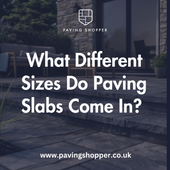
What Different Sizes Do Paving Slabs Come In?
When planning a patio or outdoor paving project, one of the key decisions is choosing the right size paving slabs. ...
-

Can You Pressure Wash Indian Sandstone?
Indian sandstone is a popular choice for outdoor paving due to its durability and attractive appearance. However, li...
-
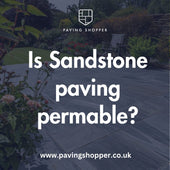
Is Sandstone Paving Permeable? Is it porous?
Sandstone's porous nature enables it to absorb rainfall, qualifying it as a permeable paving variety. However, seali...
-
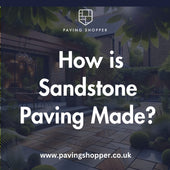
Where Does Natural Sandstone Paving Come From?
Sandstone begins deep underground, formed over eras as minerals and sediments fused under pressure. Powerful forces ...
-

5 Paving Ideas for Small Gardens: Maximise Your Outdoor Space
Front of House When considering paving ideas for the front of your house, it's crucial to select ones that complem...
-

9 Paving Ideas for Front of House: Enhancing Curb Appeal with Style
The facade of a house plays a pivotal role in defining its character and curb appeal, and the choice of paving can s...
-

9 Summer Garden Paving Ideas UK
Summer gardens offer a vibrant canvas for homeowners to express their style while enhancing outdoor living spaces. G...
-

8 Garden Paving Ideas for 2024
It's time to refresh your garden's look for 2024 and an easy way to do that is with some new paving. With so many opt...
-
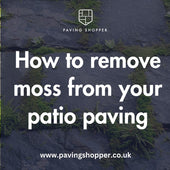
How to remove moss from patio paving
Moss growth is a common issue for patio paving, especially in damp, shaded areas. While moss may seem harmless, it ca...
-
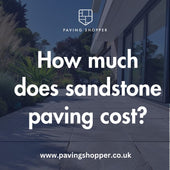
How much does sandstone paving cost?
When choosing new garden pavers, sandstone offers homeowners an enticing middle-ground - more durable than basic conc...
-

Why Do Paving Slabs Crack And How To Repair Them
Seeing cracks appear on your patio or driveway can be disheartening after investing time and money into installing be...
-

How to lay paving in winter (Tips & Tricks)
How Cold Temperatures Impact Paving Projects The primary concern when working in cold weather is ensuring proper curi...
-
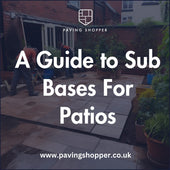
Sub Bases For Patios
Building the Perfect Patio Base: A Comprehensive Guide When planning an outdoor living space, understanding proper ba...
-
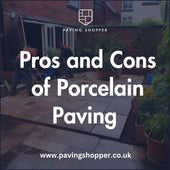
Pros and Cons of Porcelain Paving
Are you considering adding porcelain paving to your outdoor space? It's important to weigh the pros and cons before ...
-

Understanding Paving Slip Ratings: A Comprehensive Guide
A paving slip rating, also known as a slip resistance or anti-slip rating, is a measure of how slippery a surface...
-

Stunning Garden Water Feature Ideas - Enhance Your Outdoor Space
Garden water features are decorative elements that incorporate water into a garden, adding beauty and a sense of ...
-
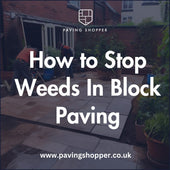
How to Stop Weeds in Block Paving: Expert Tips andTricks
Weeds growing between the blocks of your paving can be an unsightly and frustrating problem. Not only do they make y...
-
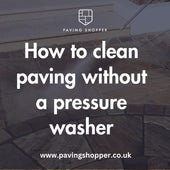
How to clean paving without a pressure washer
A patio cleaner is a cleaning solution designed specifically for removing dirt, grime, and stains from outdoor patio...
-

How to Grout Paving Slabs – Expert Tips and Techniques
Pointing paving slabs is an important step in the process of installing them. Grout is a mixture of cement, water...
-

Porcelain VS Ceramic Paving
Porcelain paving is non-porous and more durable than ceramic paving, which is more porous and prone to stains and wea...
-
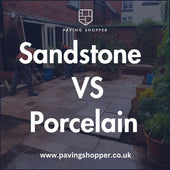
Sandstone V Porcelain Paving - (Style Comparison and Distinctions)
When choosing materials for your patio or driveway, two of the most popular options are sandstone paving slabs and p...
-

Understanding Gradients and Falls for Paving and Drainage (2024)
When it comes to paving and drainage projects, understanding the correct gradients and falls is essential for ensuri...
-
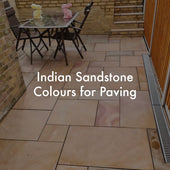
Indian Sandstone Paving Colours for A Patio - A Comprehensive Guide
Indian sandstone is one of the most popular paving materials, celebrated for its natural beauty and the variety of co...
-
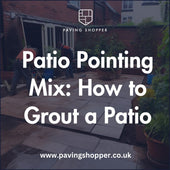
Jointing and Pointing For Paving (Sand & Cement Mix)
Patio pointing is important for both looks and durability. It protects the layers under your paving, stops weeds, and...
-

How to Lay Paving on Sand and Cement: Expert Advice and Tips
Paving on Sand and Cement: A Comprehensive Guide When it comes to enhancing your outdoor space, paving is a popular ...
-
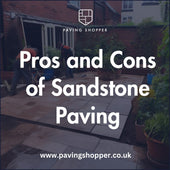
Pros and Cons of Sandstone Paving
Pros & Cons of Indian Sandstone Paving Indian sandstone paving is a natural and durable option that adds both bea...
-
Does Patio Paving Need Edging? A Comprehensive Guide
In this article, we'll explore the importance of patio edging, the different types of edging materials available, and...
-
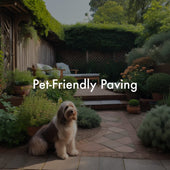
Pet Friendly Paving - What is the best paving for a dog-friendly garden?
Creating a dog-friendly garden requires choosing the right paving materials to ensure your furry friends can enjoy t...
-
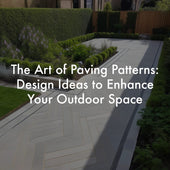
Patio Paving Laying Patterns Guide
Paving patterns can transform an ordinary outdoor space into a stunning and eye-catching area that complements your ...
-
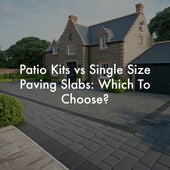
Patio Kits vs Single Size Paving Slabs: Which To Choose?
When designing a patio or outdoor space, one crucial decision is whether to use a patio kit (also known as patio pack...
-

Are paving slabs suitable for driveways?
This is a question many homeowners ask when it comes to choosing the right type of driveway surface for their home. T...
-
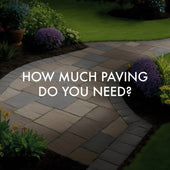
How much paving do you need to cover your outdoor space?
Planning an outdoor paving project is exciting, but it’s crucial to accurately estimate the amount of paving needed b...
-

What is the Best Paving for Patios?
When it comes to choosing the best paving for patios, there are a variety of factors to consider, such as durability,...
-

Sandstone v Limestone v Porcelain: The Pros and Cons of Different Garden Paving Materials
Transforming your outdoor space involves choosing the right paving material, and porcelain and sandstone are two of t...
-

Are Paving Slabs Cheaper Than Decking?
Transforming your backyard into the ultimate outdoor oasis can be challenging when choosing between paving slabs or d...
-
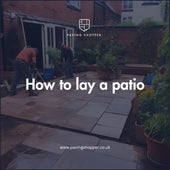
How to lay a patio - An expert guide to laying paving slabs and patterns
There are a few things to consider before laying a patio, such as the type of paving stones and the laying pattern. Y...
-
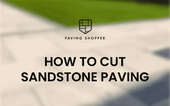
How to cut Sandstone Paving?
When it comes to prepping your garden for a new patio, you may consider different designs that require your paving to...









































